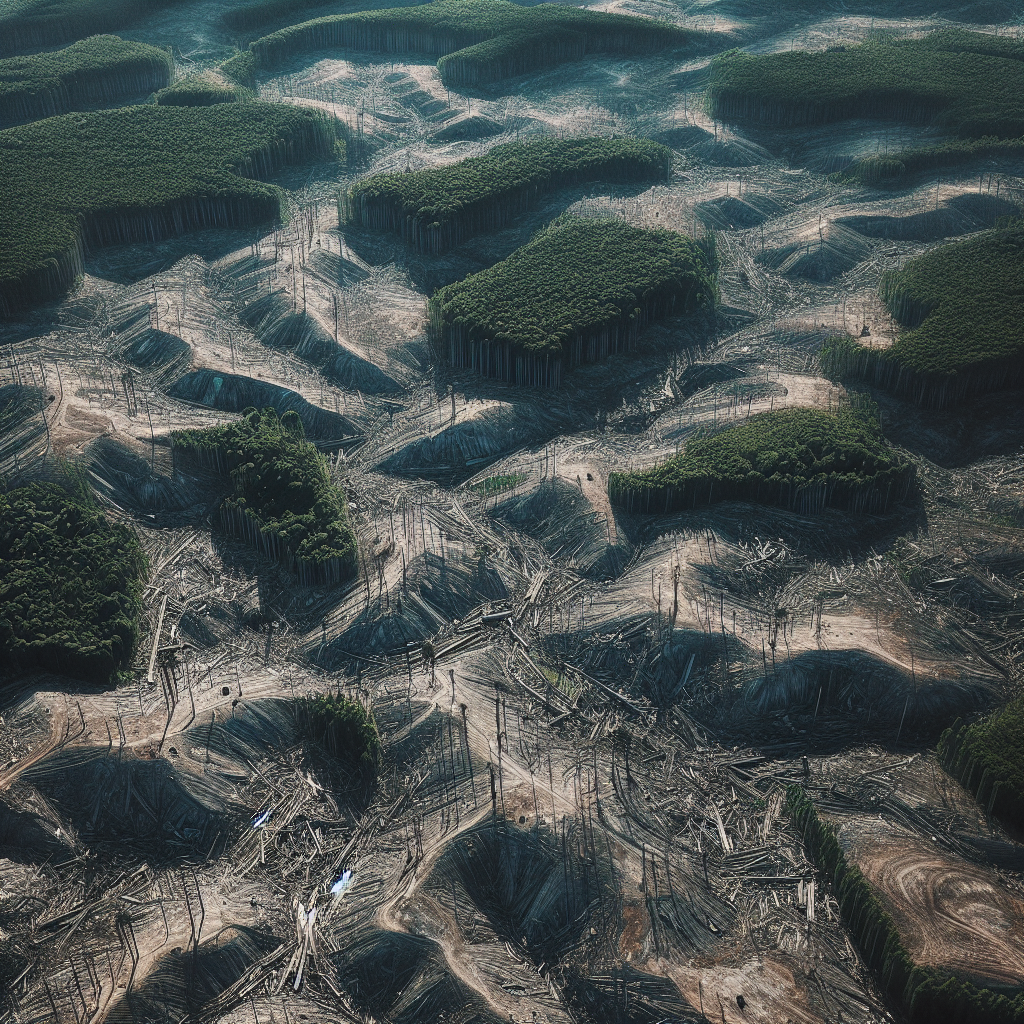As I walked through my favourite park this morning, I felt a mix of sorrow for the fallen trees and hope for a greener future. It is with this personal connection to our green spaces that I welcome you to delve into the breaking news story about the ‘Forest Restoration Project’.
The government announced today their ambitious plan to revive deforested areas across our country. This isn\’t just positive environmental news – it’s a potential game-changer for public health.
The Immediate Impact
Upon implementation, communities living around these areas will experience an immediate improvement in air quality due to increased oxygen production and reduced carbon dioxide levels. These changes are expected to lower rates of respiratory illnesses like asthma and COPD in these high-risk zones.

Key Players Involved
This initiative is led by the Ministry of Environment with support from multiple non-governmental organizations dedicated towards reforestation efforts. The Health Ministry also plays a pivotal role as they monitor changes in community health metrics pre- and post-initiative application.
What We Know So Far
Data collected has shown strong correlations between forest cover loss and decreased mental well-being along with increased physical diseases within local populations. Data-driven initiatives thus promise tangible benefits beyond mere aesthetics or ecology conservation.
Public Reaction
Citizen responses have been overwhelmingly enthusiastic. Local communities express eagerness towards healthier environments while doctors anticipate significant improvements in patient outcomes following this ecological intervention.
Expert Analysis
The World Health Organization chimed in, endorsing the project. Their representative stated, ‘Forests aren’t just habitats for animals – they also contribute significantly to human health and well-being.’
What Happens Next
In coming weeks, environmental experts will conduct site assessments to deduce restoration logistics. Concurrently, health workers will collect baseline health data to track progress over time.
This initiative could redefine our approach towards urban planning and public health policy. It highlights how intertwining ecosystems, human lifestyle choices and disease prevalence are; demonstrating nature’s remarkable potential as a public health tool. It gives me reason to challenge naysayers who deem such initiatives as mere tree-hugging exercises – this is about saving lives.
I remind critics of the 1960’s mass-scale deforestation that led to escalating respiratory diseases within affected communities. We’re merely rectifying past mistakes while trying not to repeat history.
‘The best time to plant a tree was twenty years ago.The second best time is now.’ This quote rings true more than ever.
This project is a promising step towards restoring lost forest cover but more importantly it’s an investment in our collective future–a healthier one at that. I envision neighbourhoods flourishing under verdant canopies being less burdened by disease as they breathe cleaner air and enjoy improved mental well-being.
Let’s embrace greenery not just for its beauty but because we need it – for both our physical and mental survival.

